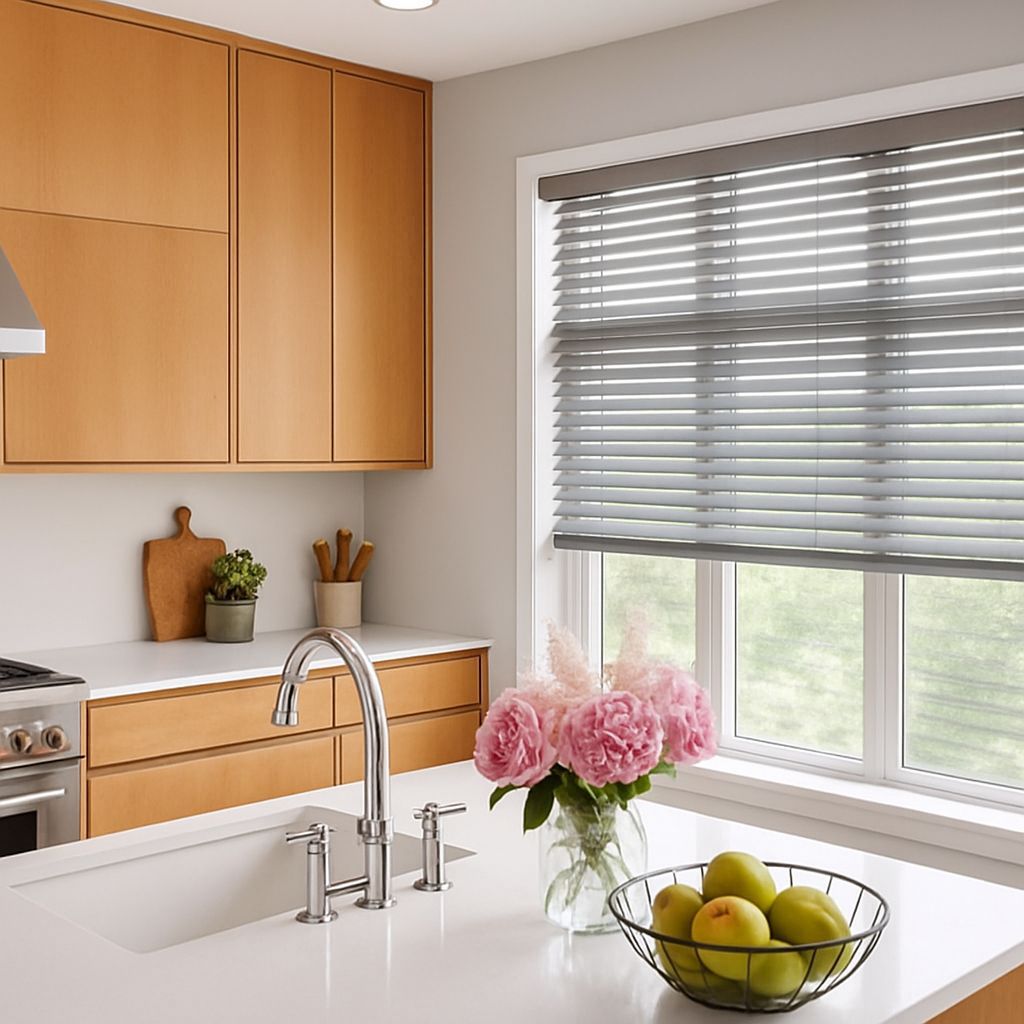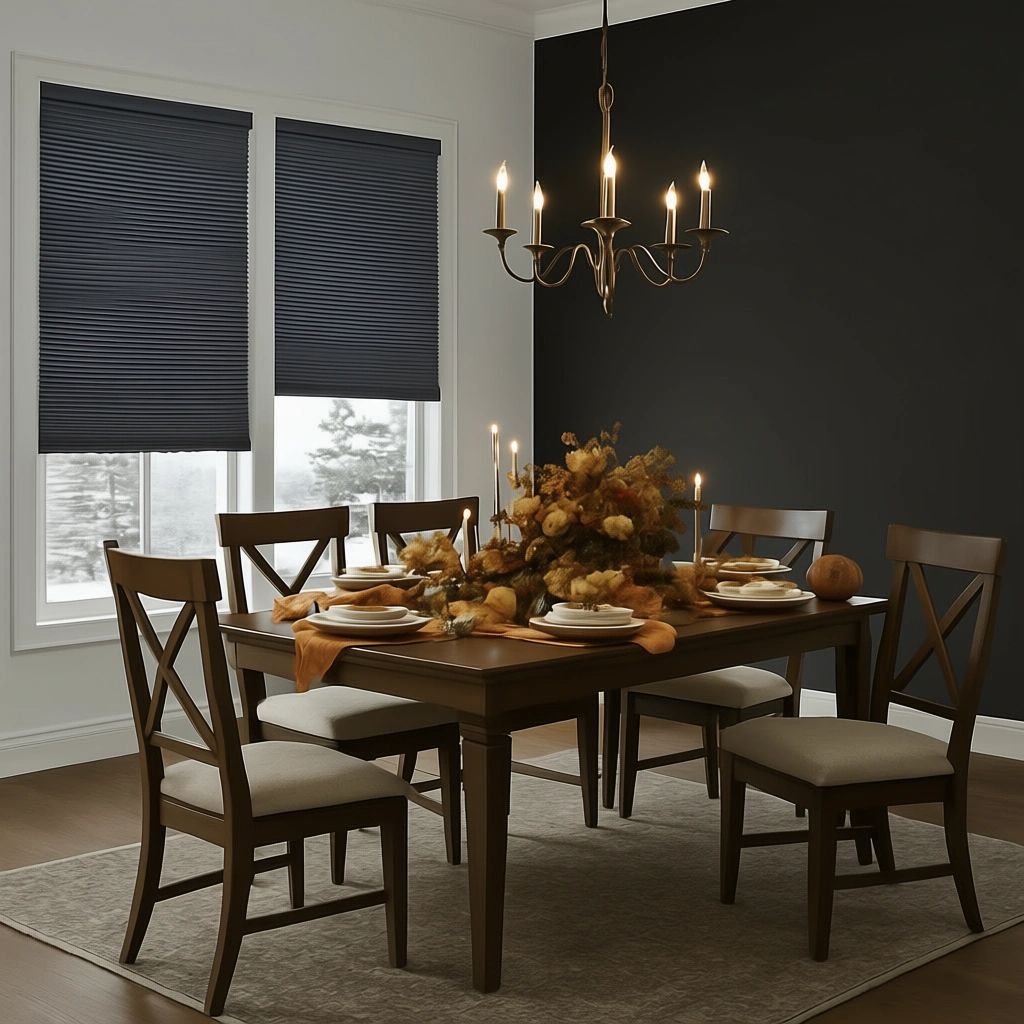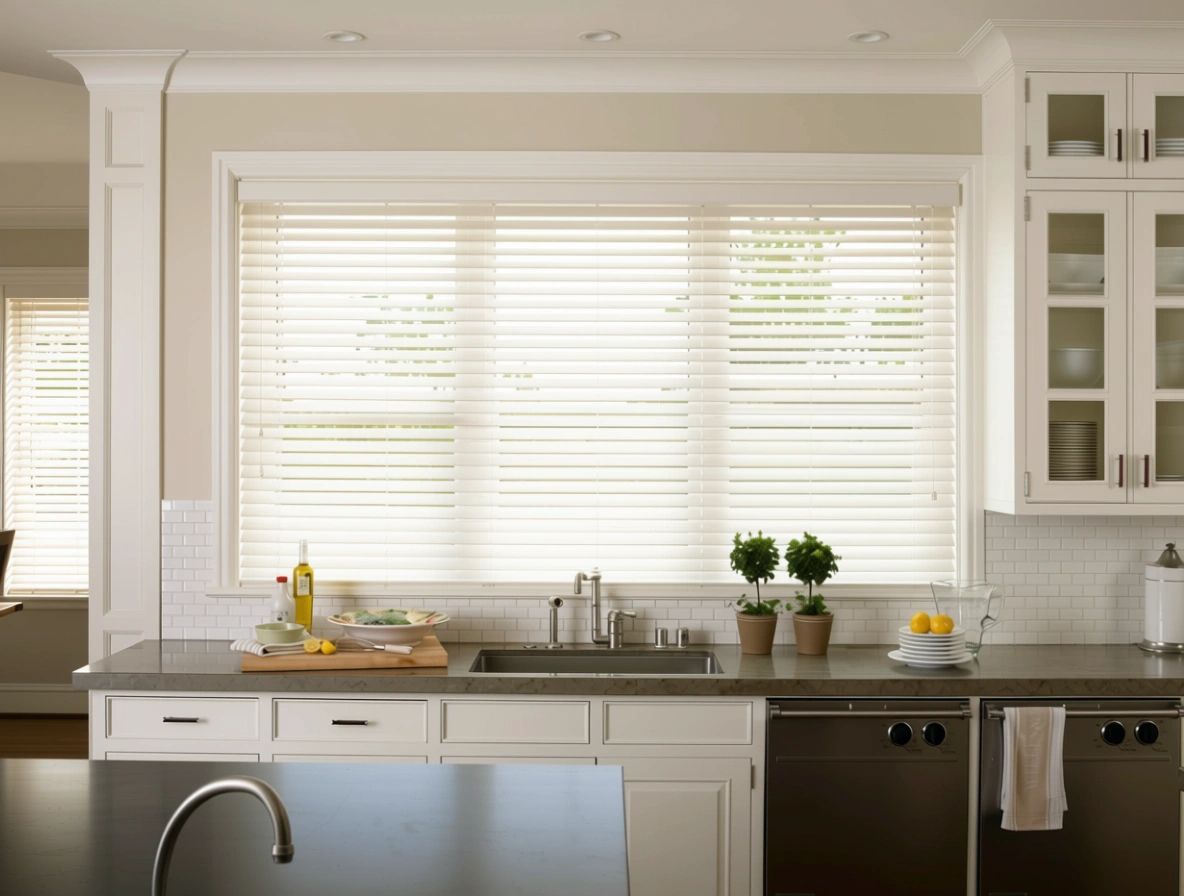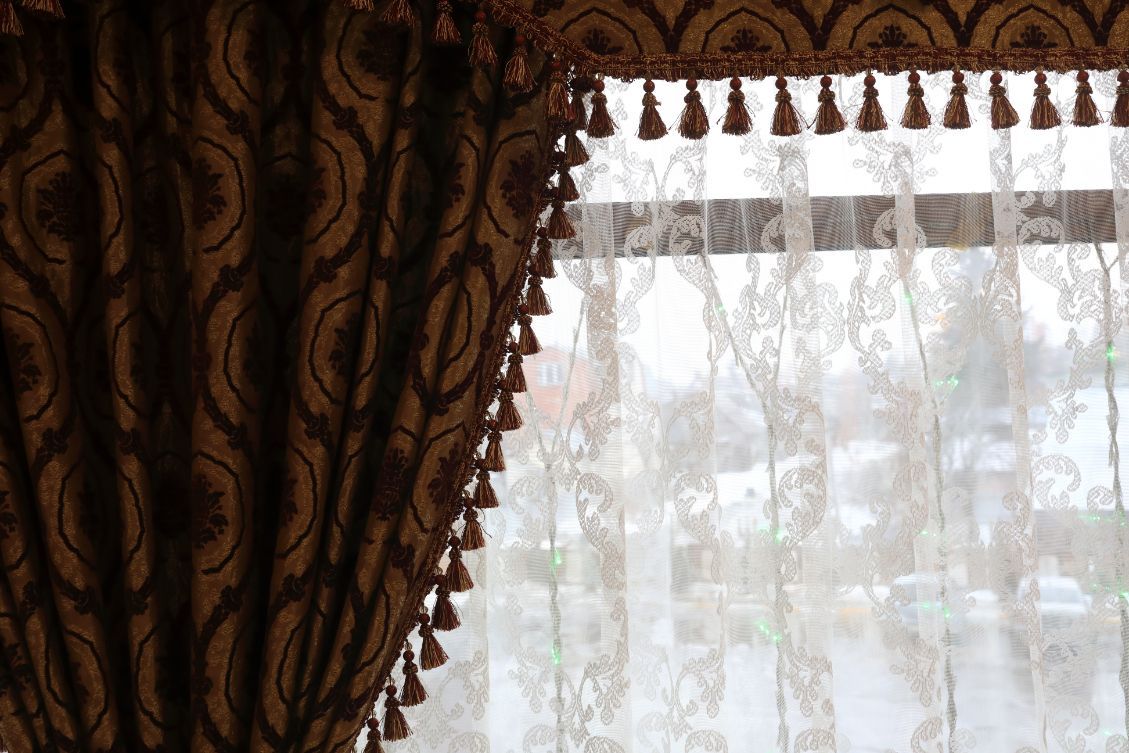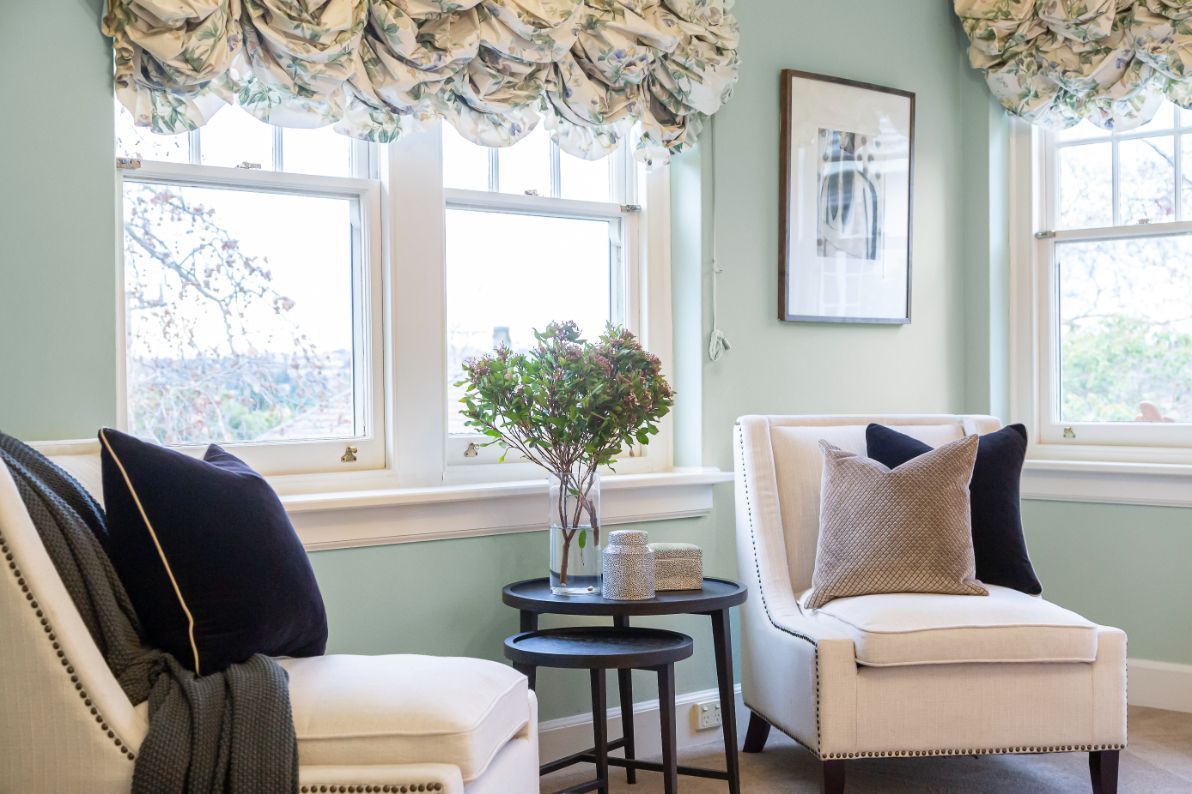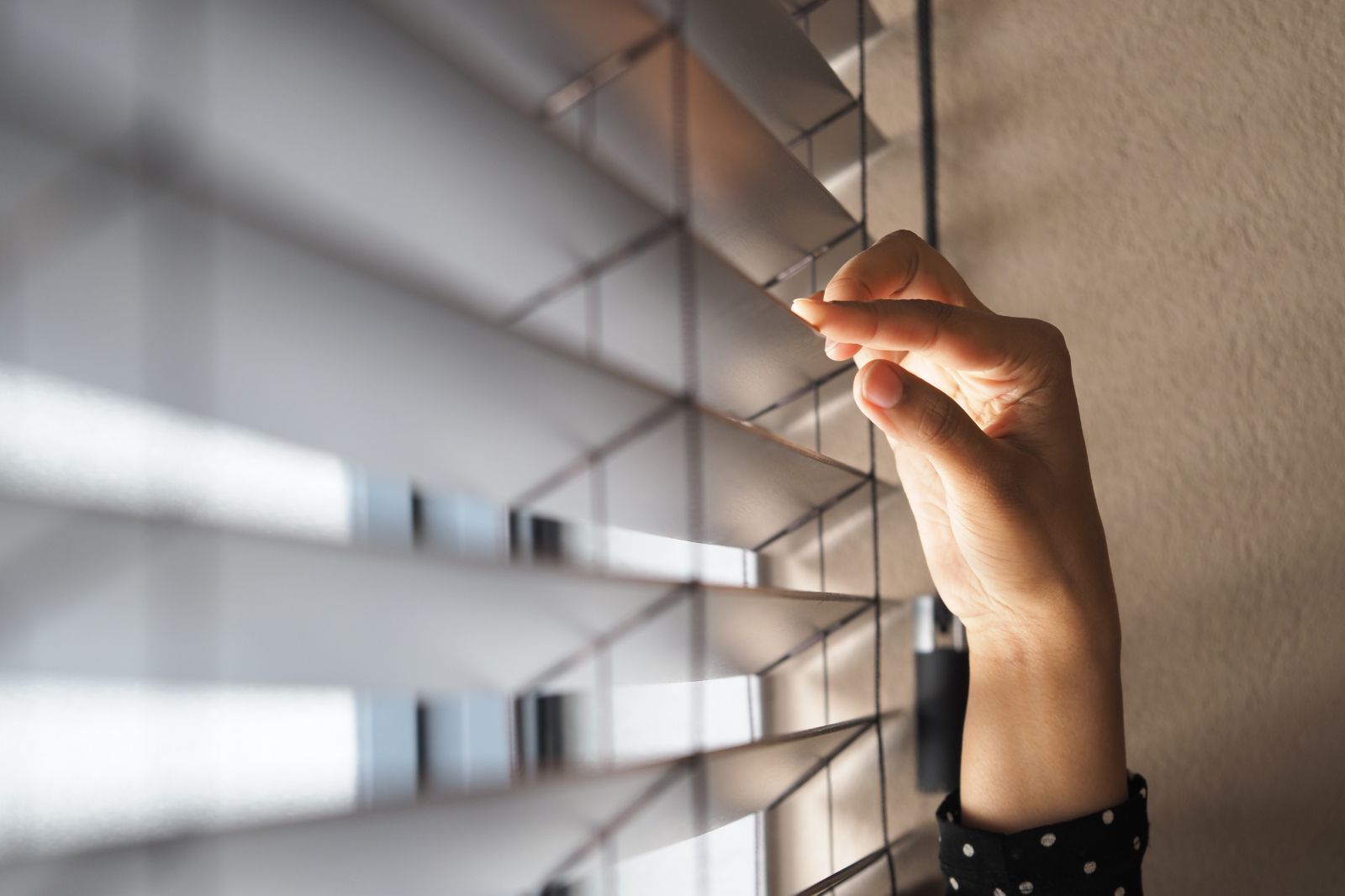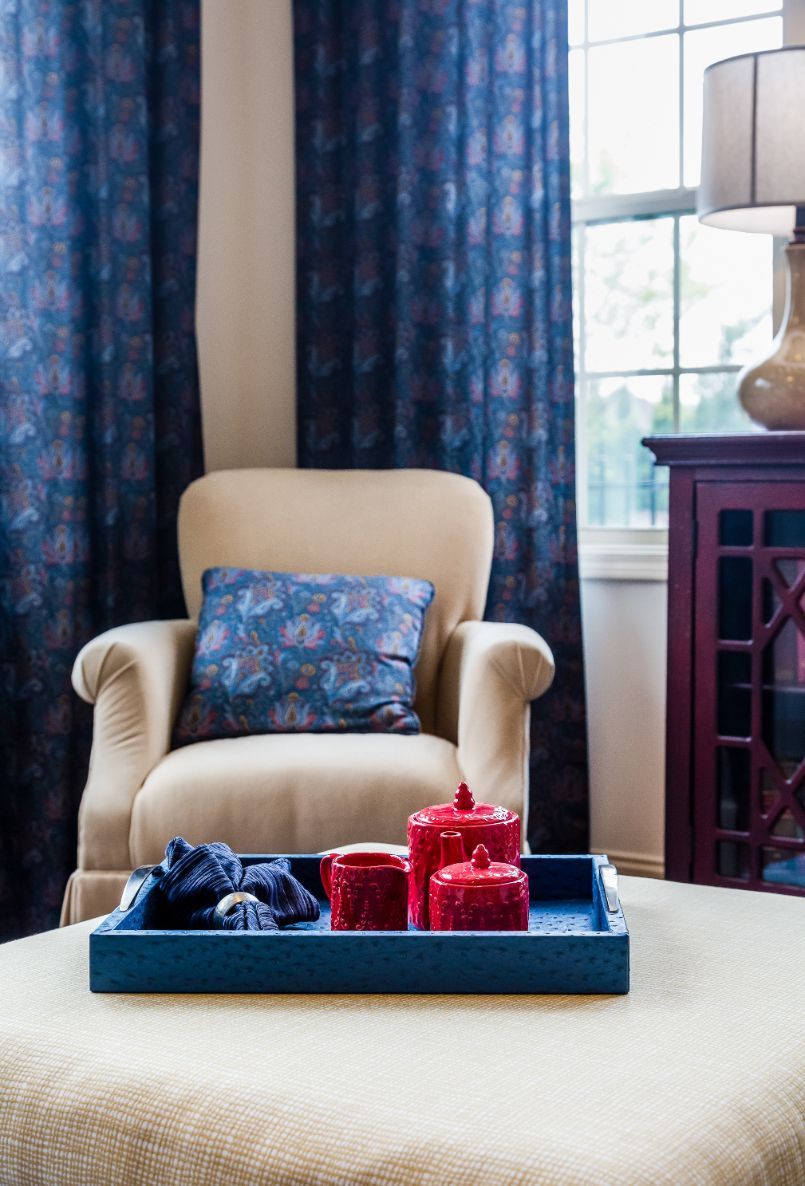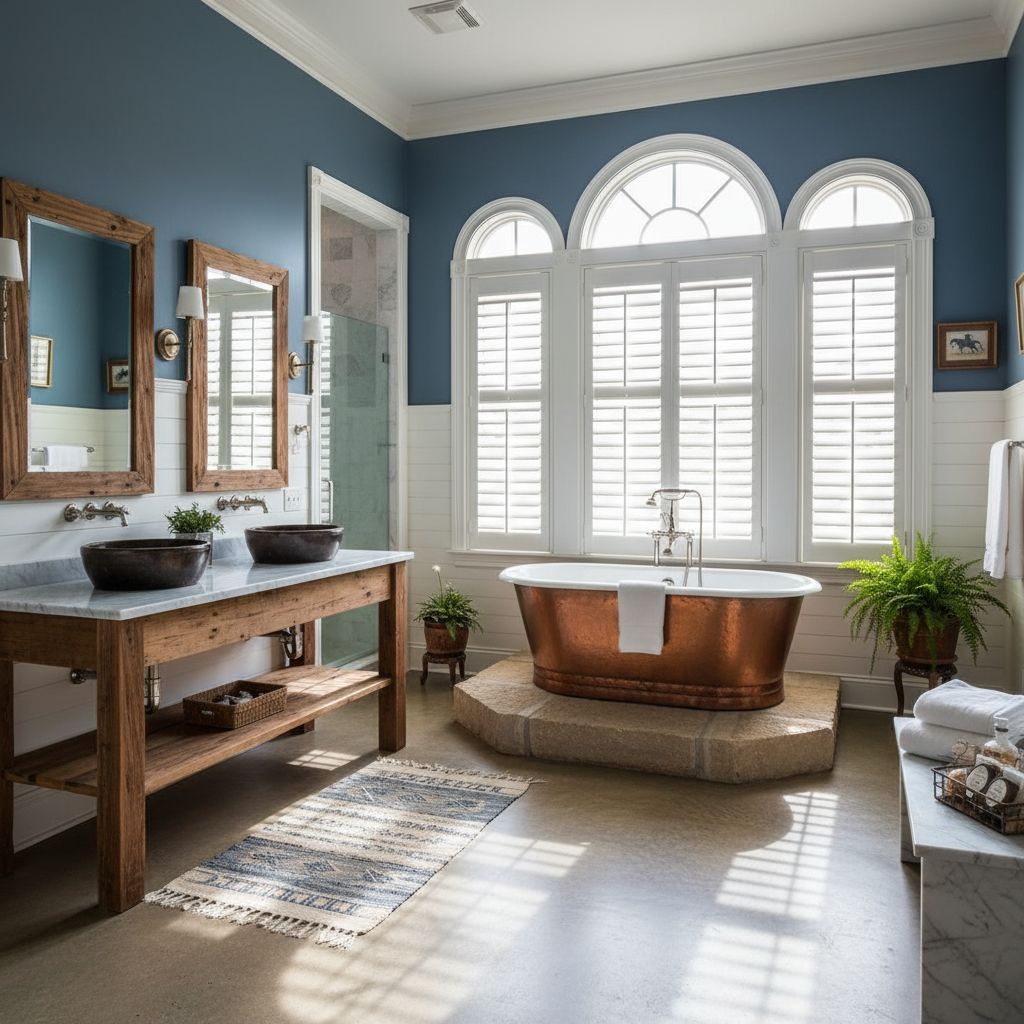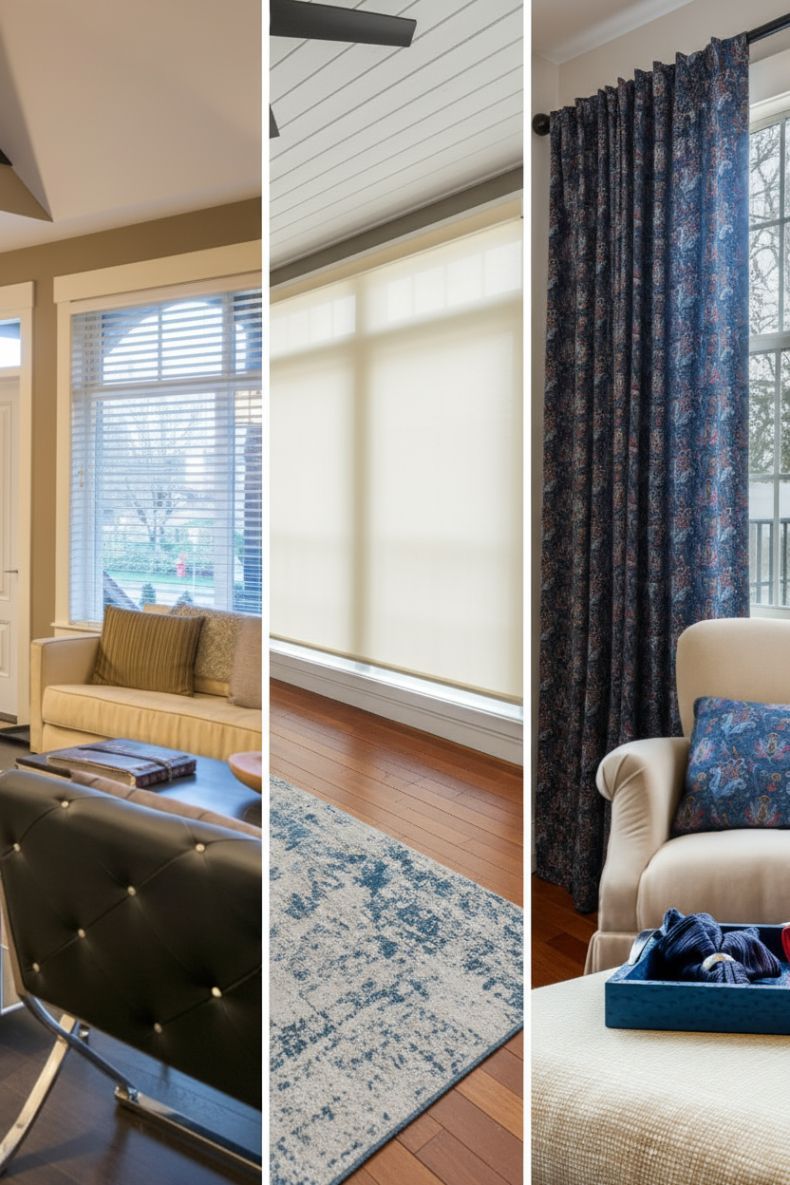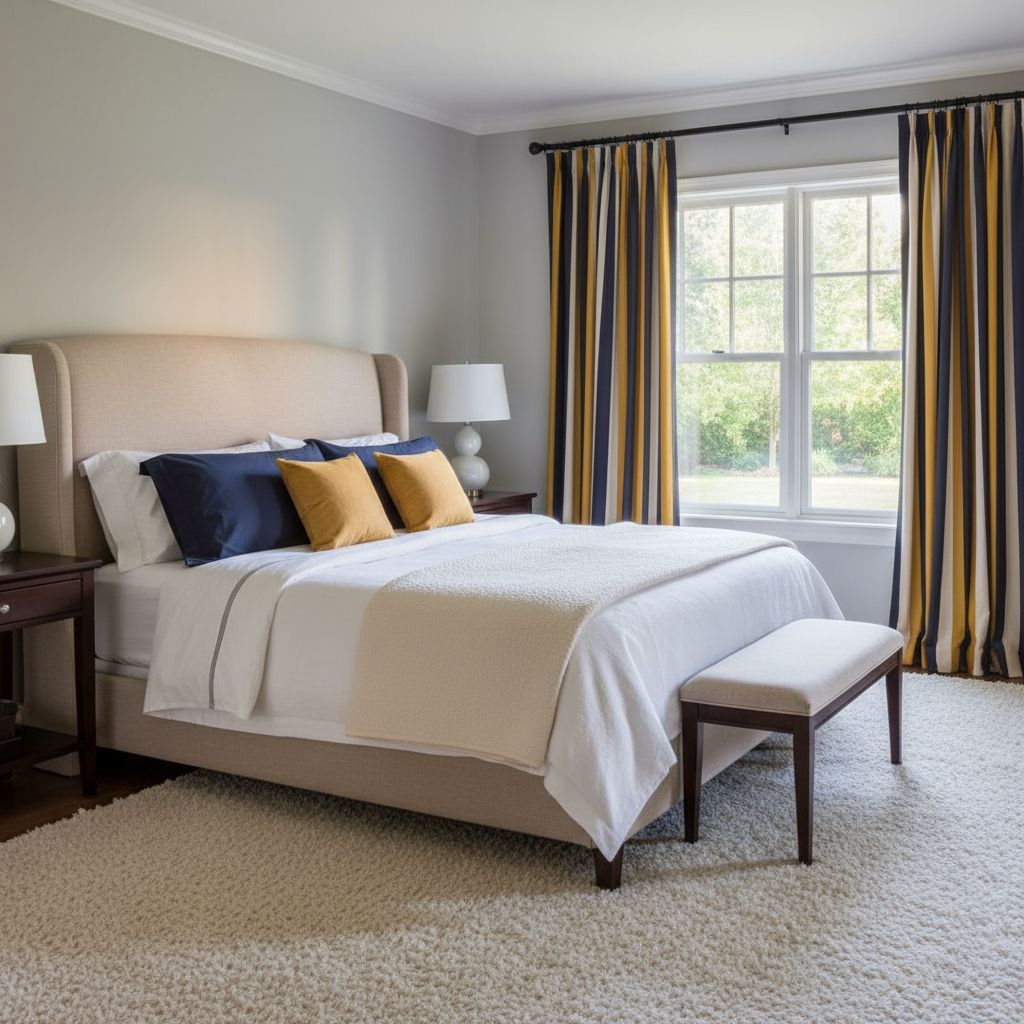What Are the Best Blinds to Keep the Sun Out?
TLDR;
The best
blinds to keep the sun out are blackout roller shades, cellular shades, and solar shades. These options block light, reduce heat, and protect interiors from UV damage. Your choice depends on how much darkness, insulation, or outside view you want.
Why Sunlight Control Matters
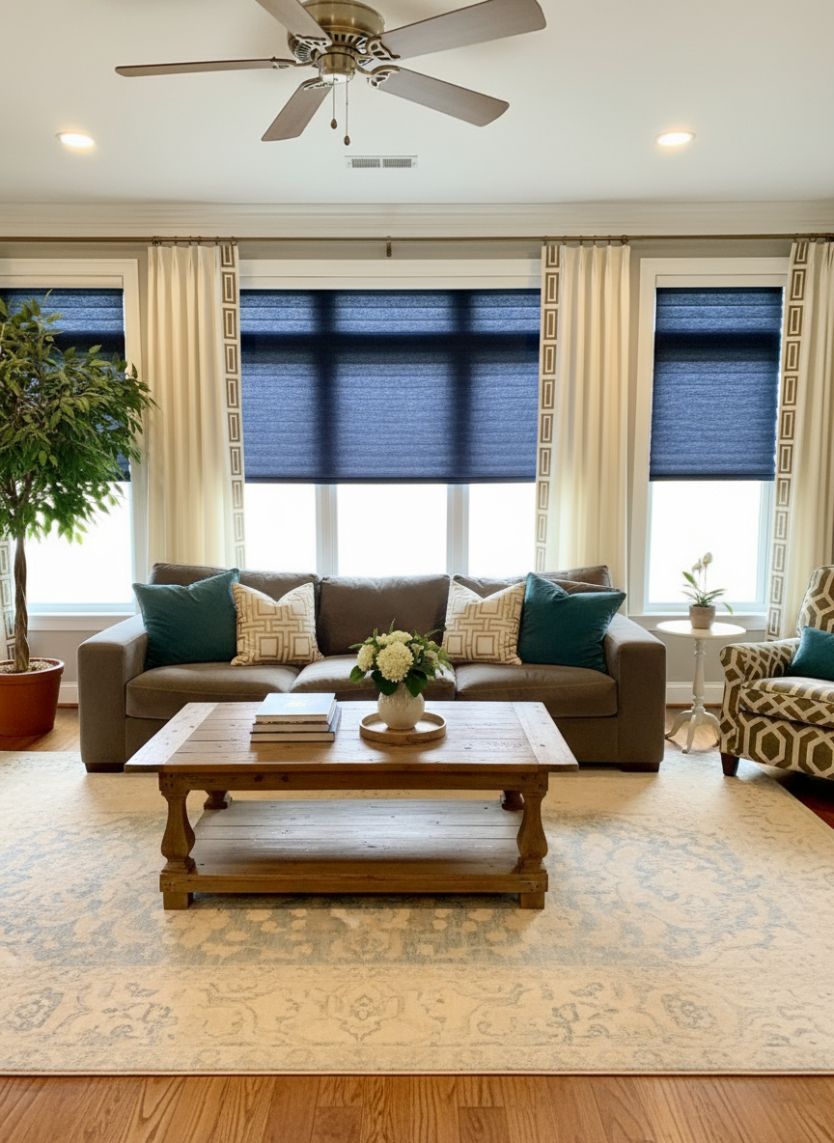
Direct sunlight increases indoor temperatures, causes glare, and fades furniture. Managing sunlight improves comfort and lowers cooling costs. Modern sun-blocking window treatments also help protect flooring, electronics, and artwork from UV damage.
Key reasons to block sunlight:
- Reduce solar heat gain and lower air conditioning use
- Protect furniture and fabrics from fading
- Improve comfort in bedrooms, offices, and media rooms
- Minimize glare on screens and reflective surfaces
- Improve privacy in bright spaces
What Makes a Blind Sun Blocking
Not all blinds provide the same level of protection. Performance depends on materials, construction, and installation.
Factors that influence sun-blocking:
- Fabric density and opacity determine how much light passes through
- Cellular air pockets improve insulation and reduce heat transfer
- Reflective or thermal linings bounce sunlight away from windows
- Slat angle and design affect how light filters into a room
- Proper mounting reduces gaps that allow light leakage
Blackout Roller Shades
Blackout roller shades block nearly all visible light when installed correctly. They use thick fabric with a blackout lining that prevents light penetration.
Advantages:
- Best choice for bedrooms and media rooms
- Simple design that fits most interiors
- High level of darkness and privacy
Limitations:
- Light gaps may appear around edges if not outside-mounted
- No outside view when shades are closed
Cellular Shades for Sun Control
Cellular or honeycomb shades offer insulation and light control. Blackout versions provide excellent sunlight blocking. The honeycomb structure traps air, improving energy efficiency.
Advantages:
- Strong insulation against heat
- Available in multiple cell sizes and fabric colors
- Blackout options block light effectively
Limitations:
- Cost is higher compared to roller shades
- Mechanisms may need regular care
Solar Roller Shades
Solar shades reduce glare and heat while preserving some outside view. They use a fabric weave with an openness factor, usually between 1 and 5 percent.
Advantages:
- Reduce UV exposure by up to 95 percent
- Maintain exterior view while controlling brightness
- Suitable for living rooms and offices
Limitations:
- Do not create total darkness
- Nighttime privacy is limited since interior lights make rooms visible from outside
Roman Shades and Layered Shades
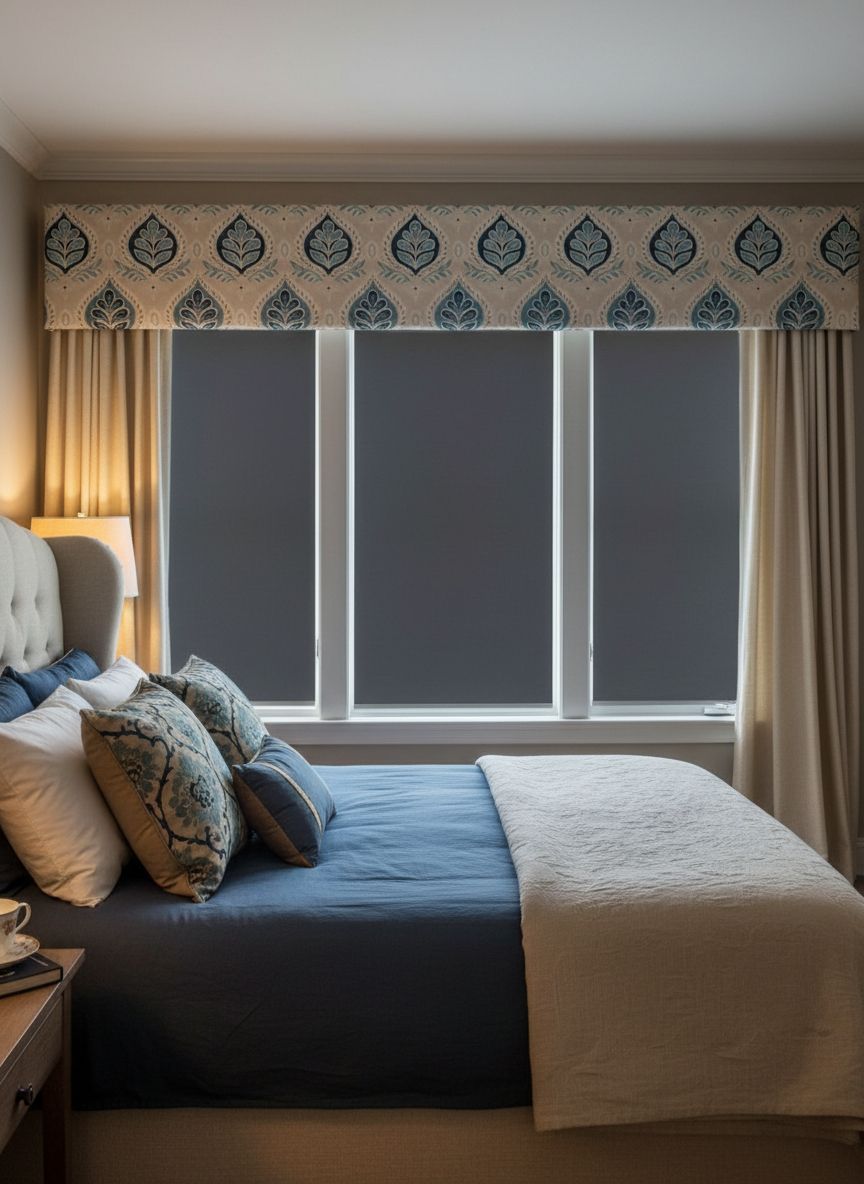
Roman shades combine style with functionality. Blackout-lined versions block sunlight well, while layered shades provide adjustable light control.
Advantages:
- Wide range of fabric and style choices
- Option for blackout lining
- Decorative appeal along with sun protection
Limitations:
- Heavier appearance compared to roller or solar shades
- More cleaning required for fabric folds
Venetian and Horizontal Slat Blinds
Venetian blinds allow flexible control of light using adjustable slats. When closed tightly, they provide reasonable sun-blocking performance.
Advantages:
- Adjust slats for partial or full light control
- Available in wood, faux wood, and aluminum
- Affordable and widely available
Limitations:
- Light gaps around slats reduce effectiveness compared to blackout shades
- Frequent dusting needed
Outdoor Blinds and Shutters
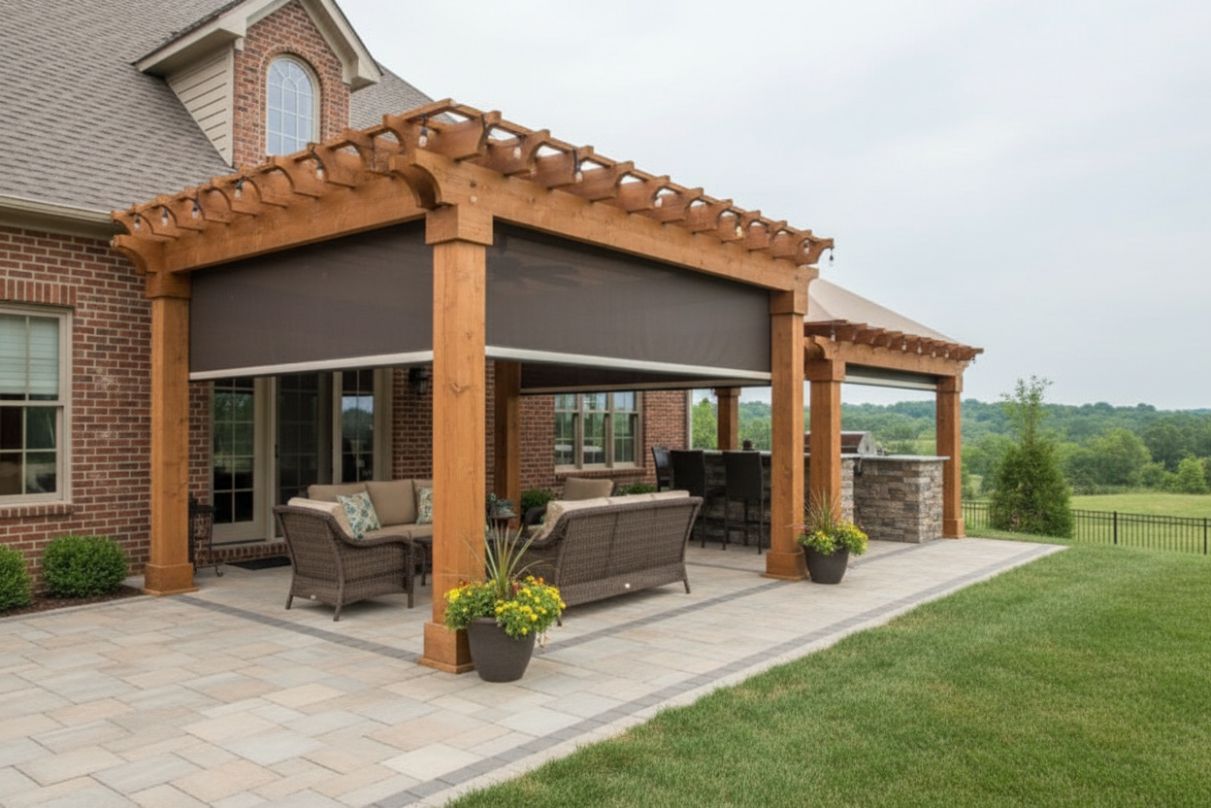
Exterior blinds stop sunlight before it enters your home. Options include outdoor roller shades, shutters, or pergola-mounted blinds.
Advantages:
- Block heat at the exterior level
- Strong durability against weather
- Useful for patios, porches, and west-facing windows
Limitations:
- Higher cost due to outdoor-grade materials
- Professional installation often required
Motorized and Smart Blinds
Motorized blinds improve convenience and efficiency. You can schedule blinds to close at peak sun hours or use sensors to react automatically.
Advantages:
- Hands-free operation with remote or smart home system
- Helps maintain consistent indoor temperature
- Safer option for households with children
Limitations:
- Higher initial cost
- Requires battery changes or electrical setup
Comparative Table of Sun Blocking Blinds
| Blind Type | Light Blocking | Insulation | Outside View | Best Use Case |
|---|---|---|---|---|
| Blackout Roller Shades | Near total | Moderate | None | Bedrooms, media rooms |
| Cellular Shades | High | Excellent | Limited | Bedrooms, living rooms |
| Solar Shades | Medium | Good | Preserved | Living rooms, offices |
| Roman Shades | High (lined) | Moderate | Limited | Decorative rooms |
| Venetian Blinds | Moderate | Low | Adjustable | General purpose |
| Outdoor Blinds/Shutters | High | Excellent | Varies | Exterior windows, patios |
Installation Tips for Maximum Sun Blocking
Performance depends on correct installation. Even the best fabric will leak light if not fitted properly.
Tips:
- Use outside mounting to cover window edges
- Add side tracks to block light gaps
- Measure windows carefully before ordering
- Consider layering blinds with curtains for full coverage
- Choose cordless or motorized options for safety and precision
Maintenance and Longevity
Blinds need regular care to maintain effectiveness. Dust, fabric wear, and mechanical issues reduce performance over time.
Key steps:
- Dust slats weekly with a microfiber cloth
- Vacuum fabric shades with a soft brush attachment
- Check for sagging, fraying, or faded fabric
- Replace blinds showing gaps or warping
Smart Home Integration
Smart blinds integrate with Alexa, Google Assistant, or Zigbee hubs. Timed schedules improve energy efficiency. Solar-powered motors or rechargeable batteries reduce reliance on electrical wiring.
Benefits:
- Automatic adjustment with sunrise and sunset
- Remote control from phones or tablets
- Consistent light and heat management
Energy Savings and Return on Investment
Sun-blocking blinds lower cooling costs by reducing solar heat gain. Cellular and exterior blinds provide the strongest insulation benefits. Energy savings depend on window orientation and local climate.
Homeowners in hot regions benefit most, especially in west-facing rooms. Over time, reduced air conditioning use balances the upfront cost of higher-performing blinds.
Common Questions About Sun Blocking Blinds
Can blinds fully block UV rays?
Blackout blinds block most UV rays, while solar shades filter up to 95 percent depending on openness factor.
Will dark blinds make rooms hotter?
Dark blinds absorb more heat but reduce light. Pairing them with reflective or insulated backings prevents overheating.
Why are there gaps around roller blinds?
Inside-mounted shades leave side gaps. Using outside mounts or side channels reduces leaks.
Are curtains better than blinds for sun control?
Layering blinds with blackout curtains offers the strongest performance. Blinds manage light direction, curtains add insulation.
Do blinds fade or shrink?
Yes, prolonged UV exposure weakens fabric or causes fading. Regular replacement ensures performance.
Local Considerations for Kentucky Sunlight
In Kentucky, summers bring long hours of bright sunlight. West-facing windows experience strong afternoon heat. Love Is Blinds KY recommends blackout roller shades for bedrooms, solar shades for living rooms, and cellular shades for spaces needing insulation. Combining indoor blinds with outdoor shading increases effectiveness in this climate.

